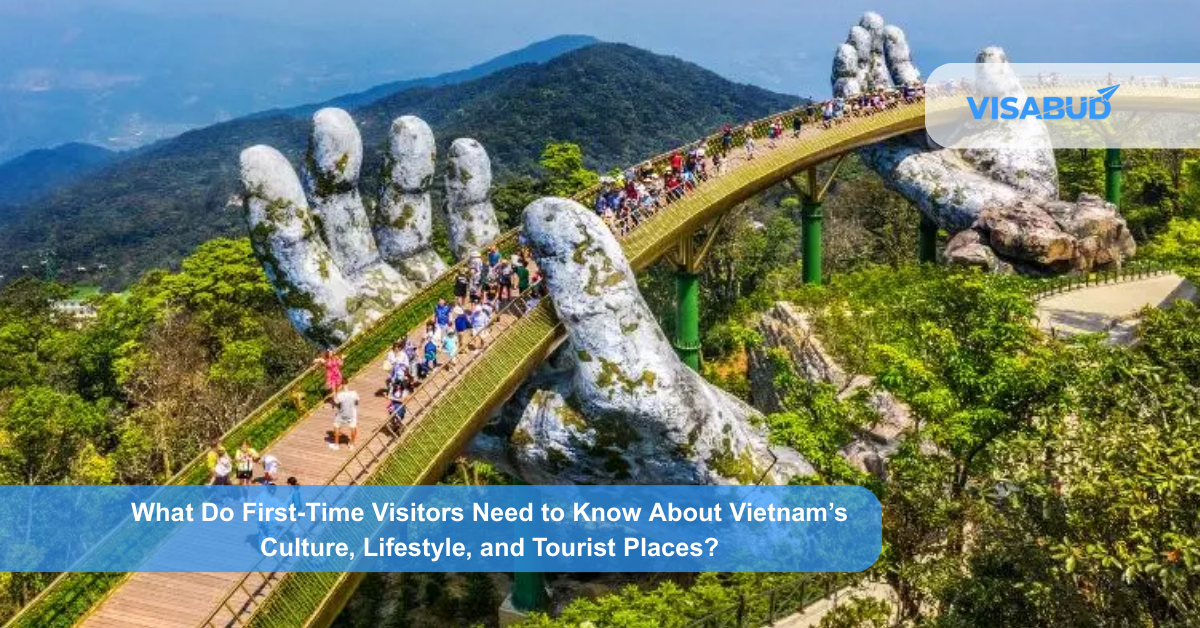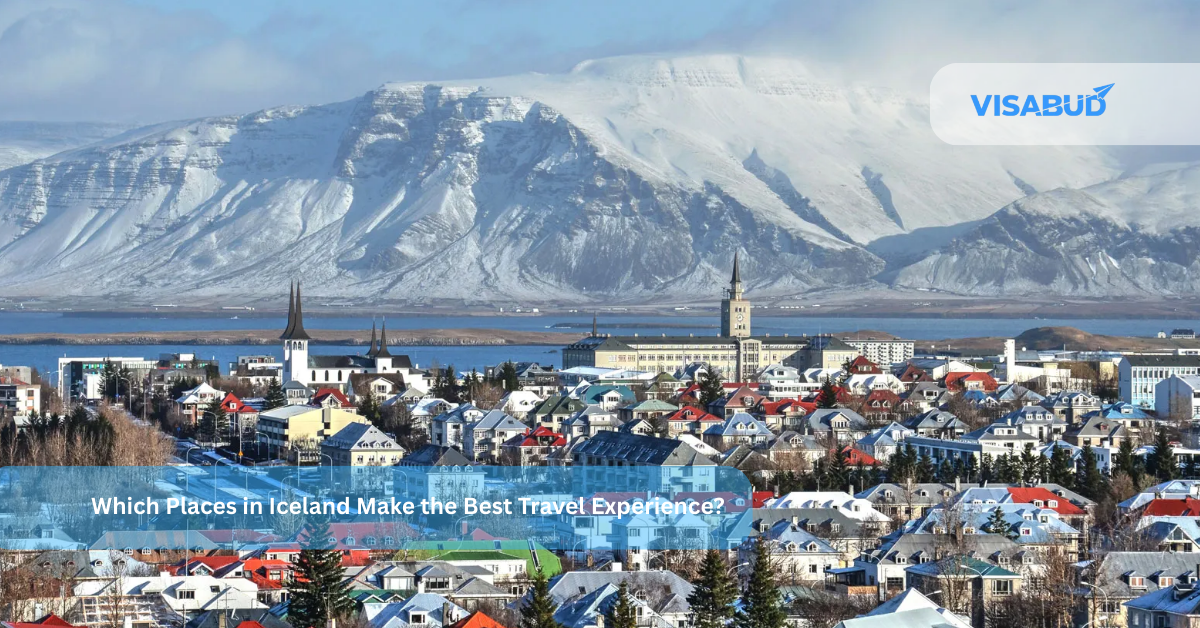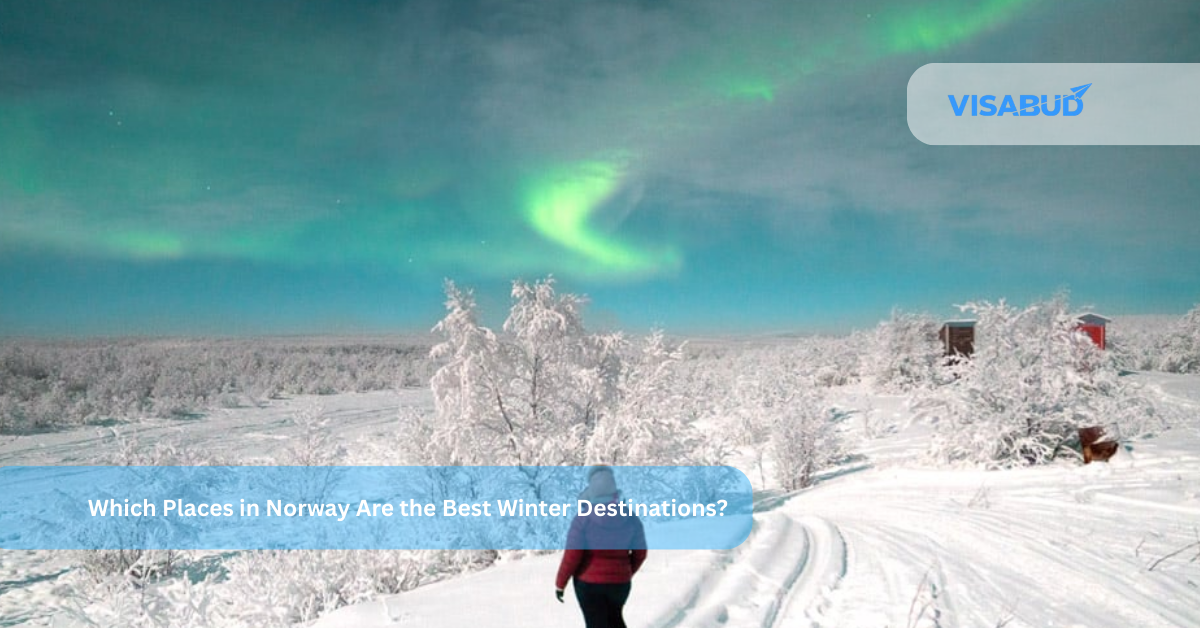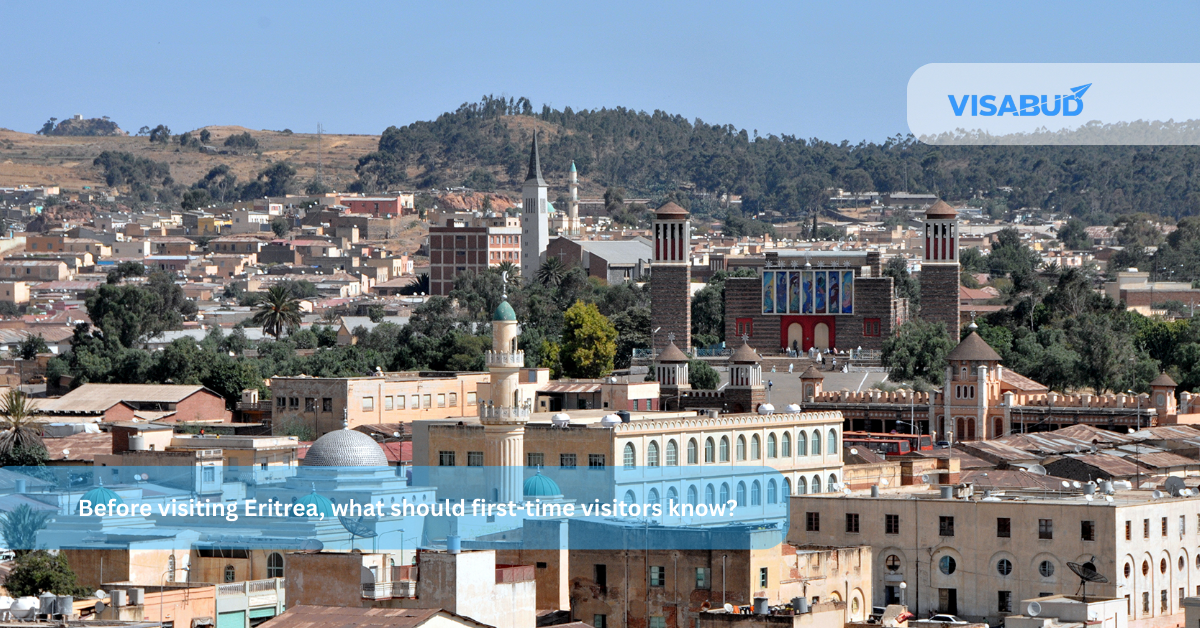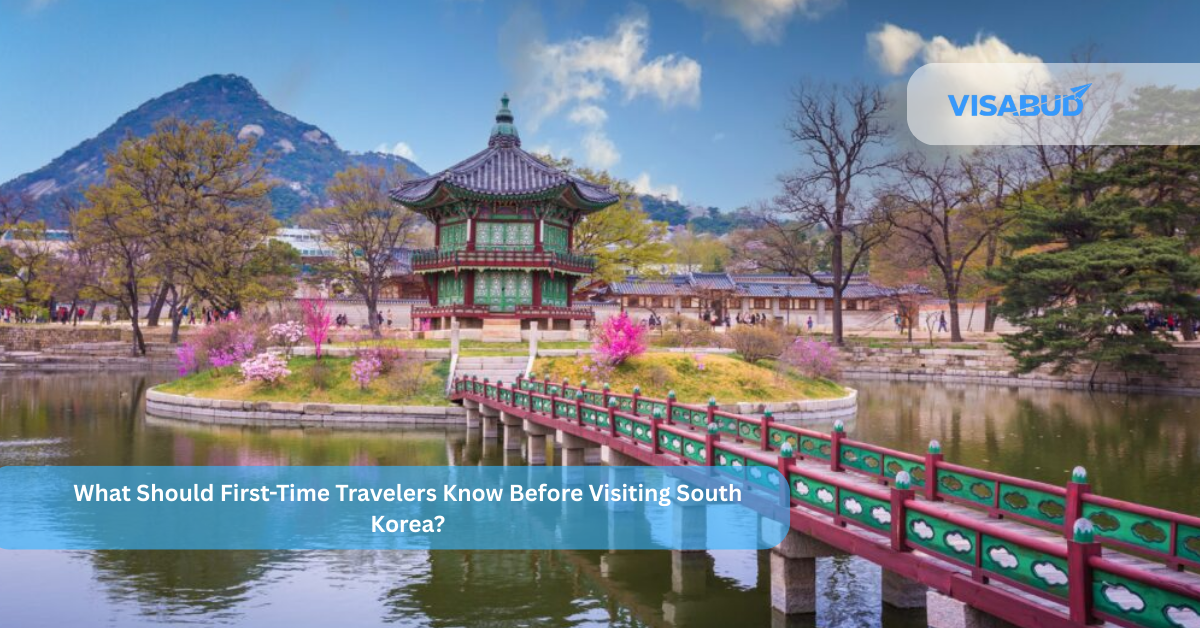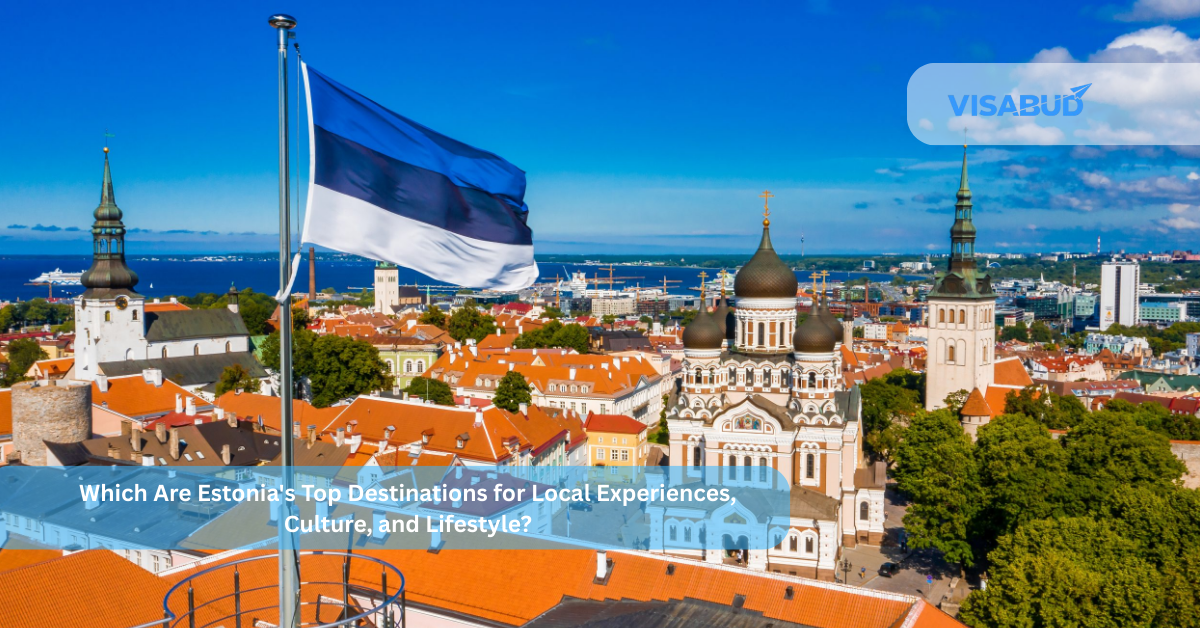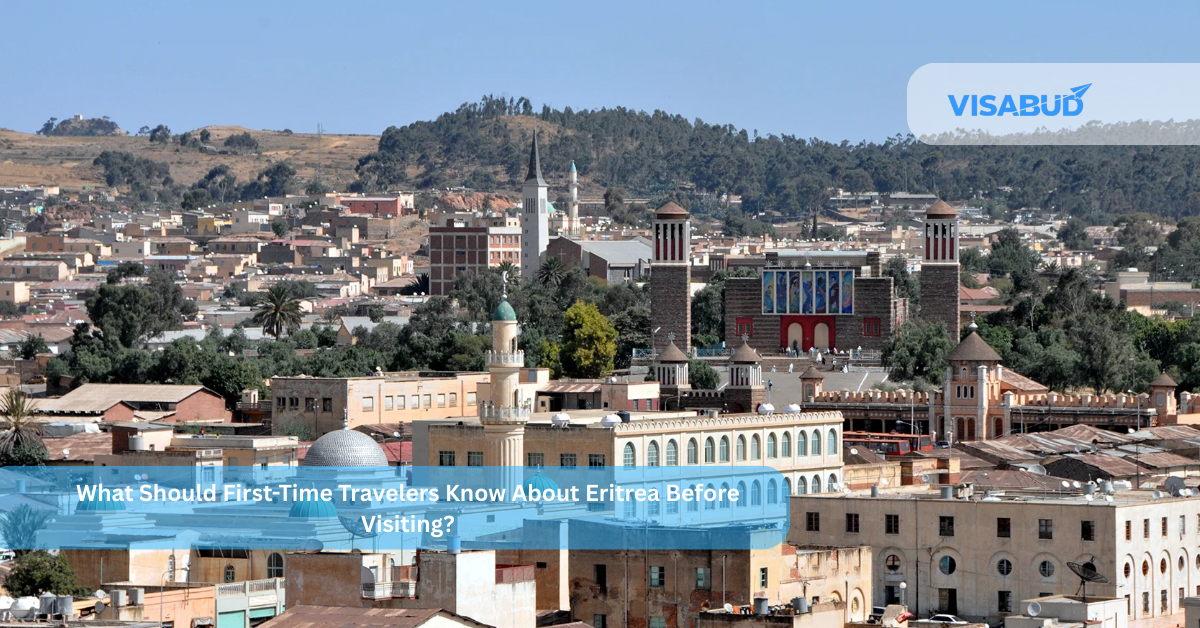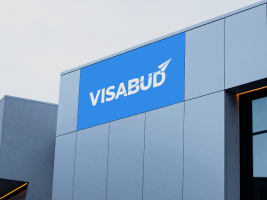Vietnam has emerged as one of Asia’s most fascinating destinations, blending a rich cultural heritage with breathtaking landscapes and warm hospitality. For first-time visitors, the experience can be both exciting and overwhelming because the country is a tapestry of traditions, bustling cities, serene countryside, and diverse tourist attractions. To make your journey more enjoyable, here’s a comprehensive guide that touches on culture, lifestyle, and must-visit places in Vietnam.
Understanding Vietnam’s Culture
Vietnamese culture is deeply influenced by history, traditions, and a mix of Asian philosophies like Confucianism, Taoism, and Buddhism. While modernization is visible everywhere, cultural roots remain strong.
Lifestyle in Vietnam
The lifestyle in Vietnam varies between the fast-paced urban areas and the slower, traditional rural zones.
The balance of sweet, sour, salty, and spicy flavors is emphasized in meals that are frequently shared.
Tourist Attractions in Vietnam
From north to south, Vietnam offers an impressive list of attractions. Here are some highlights:
Northern Vietnam
Central Vietnam
Southern Vietnam
Travel Tips for First-Time Visitors
FAQs About Visiting Vietnam
Q1. Do I need a visa to visit Vietnam?
Yes, most travelers need a visa. However, Vietnam has e-visa facilities for citizens of many countries, making the process easy.
Q2. What is the best time to visit Vietnam?
November through April are the best months because of the colder, less humid weather.
Q3. Is Vietnam safe for tourists?
Yes, Vietnam is generally safe. Petty theft can occur in crowded areas, so keep an eye on your belongings.
Q4. What currency is used in Vietnam?
The official currency is the Vietnamese Dong (VND). US dollars are accepted in some tourist areas but not everywhere.
Q5. Can I use public transport easily?
Yes, buses and trains are common, but many tourists prefer ride-hailing apps like Grab for convenience.
Q6. What food should I definitely try?
Must-try dishes include Pho (noodle soup), Banh Mi (Vietnamese sandwich), Goi Cuon (spring rolls), and local coffee.
Q7. How is the internet connectivity in Vietnam?
Internet and mobile data are fast and affordable. SIM cards are easily available at airports and convenience stores.
Q8. Do people in Vietnam speak English?
In big cities and tourist locations, most people speak basic English. In rural areas, communication may require gestures or translation apps.
Q9. What are some unique souvenirs from Vietnam?
Popular souvenirs include silk clothing, lacquerware, bamboo products, and traditional lanterns from Hoi An.
Q10. How many days are enough to explore Vietnam?
A 10–14 day trip is usually enough to cover major cities and attractions. For a more in-depth experience, 3 weeks is ideal.
Final Thoughts
Vietnam offers a blend of natural beauty, a lively lifestyle, and cultural diversity for first-time tourists.From Hanoi’s old-world charm to the beaches of Phu Quoc, every corner tells a different story. By learning about the culture, respecting local customs, and planning your itinerary wisely, you’ll make the most out of your journey to this captivating nation.
Stay ahead of your travel plans – visit Visabud for visa guidance.
